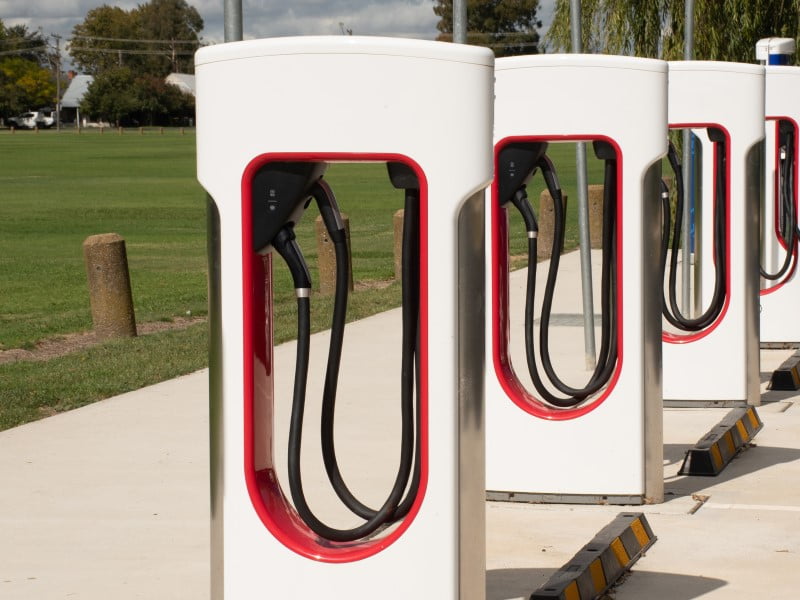The Queensland government on Wednesday unveiled $55 million worth of electric vehicle incentives and charging infrastructure to support its 10-year plan for zero emission vehicles uptake.
The first $45 million will be available to anybody in $3,000 subsidies for the purchase of electric vehicles (EV) up to the value of $58,000. This is equivalent to 15,000 vehicle sales.

The remaining $10 million will go towards providing public charging infrastructure, in partnership with local government and private industry.
Three targets have been outlined in the 10-year strategy, which build on an earlier strategy released in 2017. Firstly 50 per cent of new passenger vehicles sold, including SUVs, must be zero emissions by 2030, and 100 per cent by 2036. Secondly, 100 per cent of the Queensland government’s passenger vehicle fleet will be zero emissions by 2026. Finally, from 2025 all new buses added to the state-owned fleet in southeast Queensland will be zero emissions with a similar 2025-30 target for regional Queensland
Further, by the end of the year the Queensland government fleet is expected to have at least 288 EVs.
Queensland Premier Anastacia Palaszczuk made the announcement alongside the release of the state’s Zero Emission Vehicle Strategy 2022-32, with the announced initiatives coming as a part of the strategy action plan 2022-24.
Queensland’s Minister for Transport and Main Roads Mark Bailey said this announcement was key in the state’s journey to becoming a renewable energy superpower and a global leader in a low-emissions future.
“We were the first Australian state to develop an EV strategy, and now we are once again leading the way with Queensland’s Zero Emission Vehicle Strategy 2022-2032,” Mr Bailey said.
“Not only does this encourage people to buy EVs, it gives the automotive industry confidence to set up shop in Queensland. This strategy signals a fundamental shift in our transport system,” Mr Bailey said.
Queensland’s Energy, Renewables, and Hydrogen Minister Mick de Brenni said the EV strategy would help reduce the states’ emissions.
“The strategy outlines that we have already commenced complementary reforms to tariffs, building rules and planning approaches and the electricity grid augmentation an EV transformation will require; all of which will be further outlined in the forthcoming Queensland Energy Plan,” Minister de Brenni said.
The Queensland incentives announced today are similar to those announced in the NSW and Victorian strategies last year. In Victoria, $3,000 subsidies for 20,000 zero emissions vehicles up to $68,740 were made available. Similarly, in NSW $3,000 rebates for 25,000 zero emissions vehicles up to the value of $68,750.
The targets of 50 per cent of passenger vehicle sales to zero emissions by 2030 and decarbonising government fleets also follow the NSW and Victorian examples.
Also included in the Queensland action plan is the third phase of the Queensland Electric Super Highway, which was originally announced under the 2017 strategy. The highway is a series of 31 fast-charging stations along the east of the state. Now entering its third phase, a further 18 charging stations will be installed in regional areas extending the highway’s coverage to almost 3800km, the longest in Australia.
In the year to the end of February, the number of battery EV registrations increased by 132 per cent. This follows a national trend of increasing EV uptake, sales of which almost tripled between 2020-21.
This strategy will help Queensland reach its target for 50 per cent of its energy to come from renewables and eventually net-zero by 2050.
Do you know more? Contact James Riley via Email.

